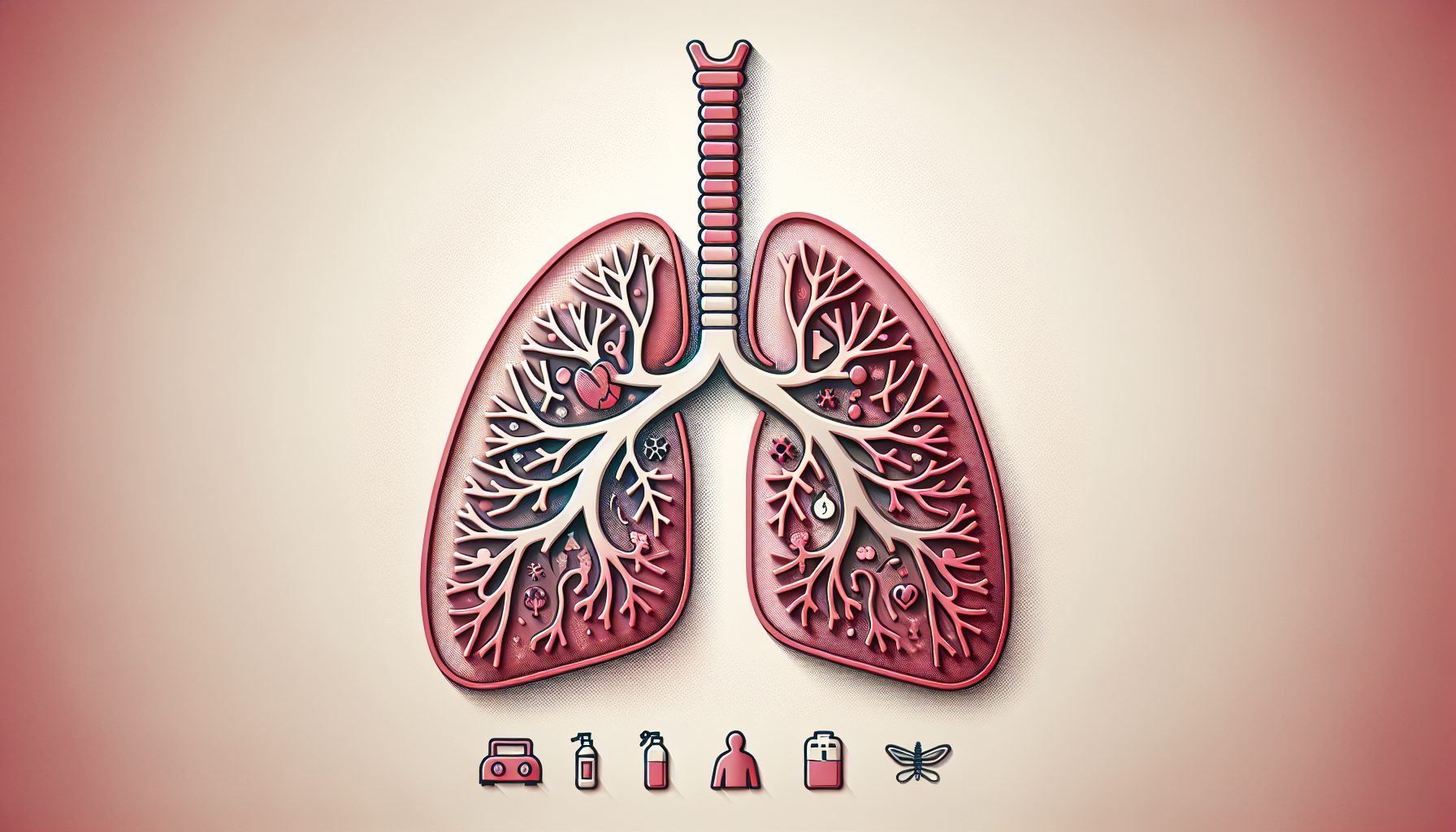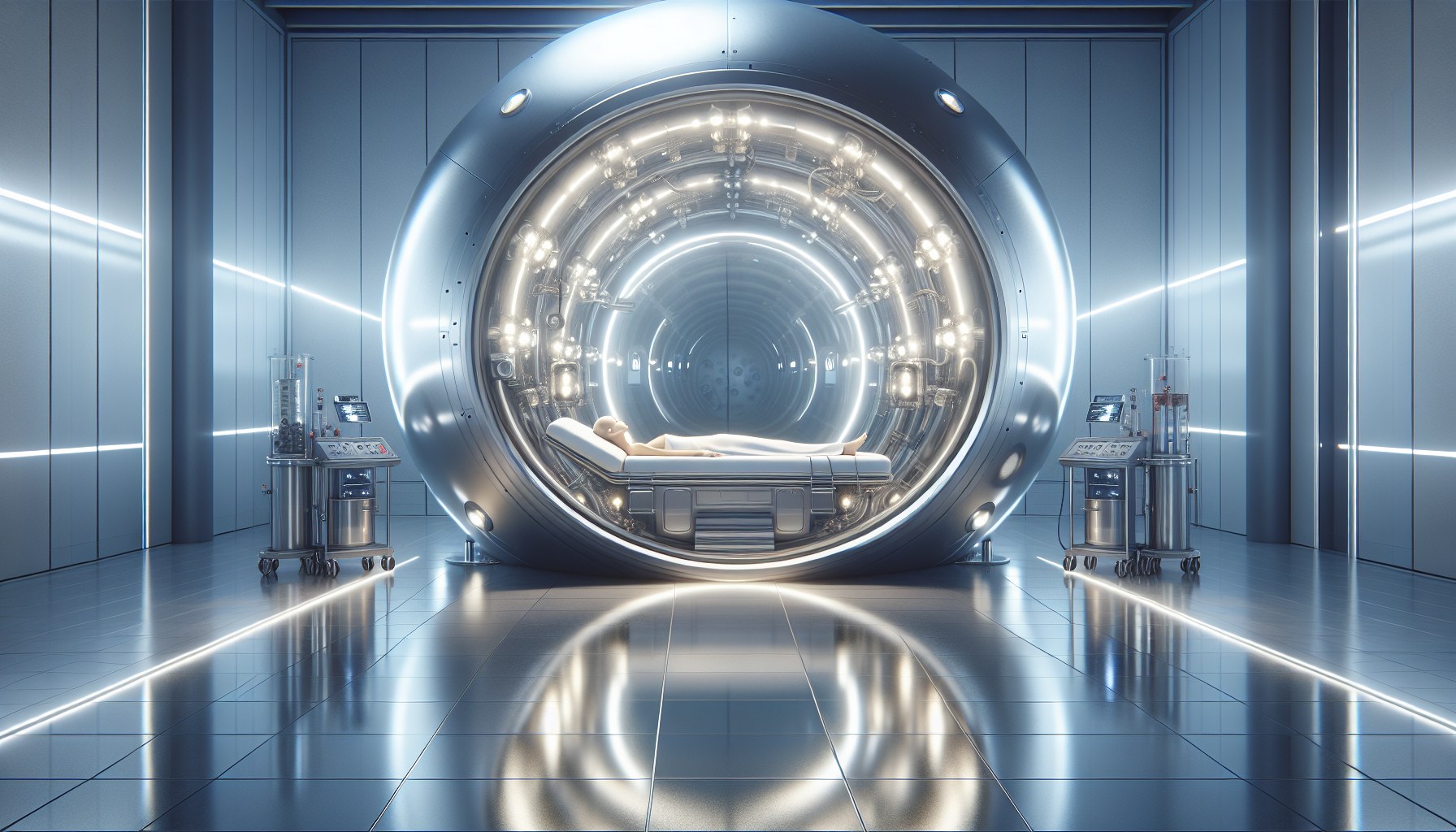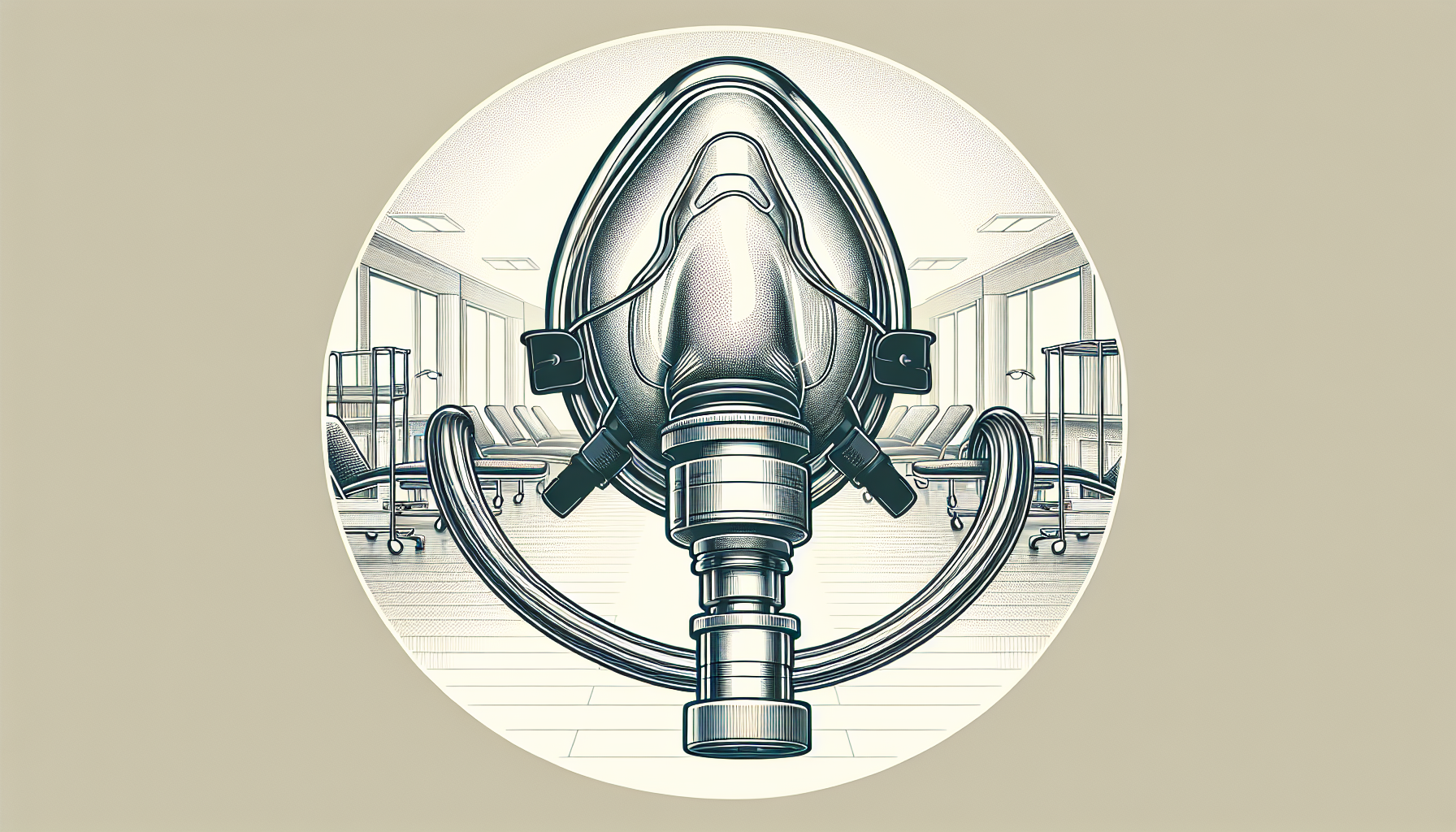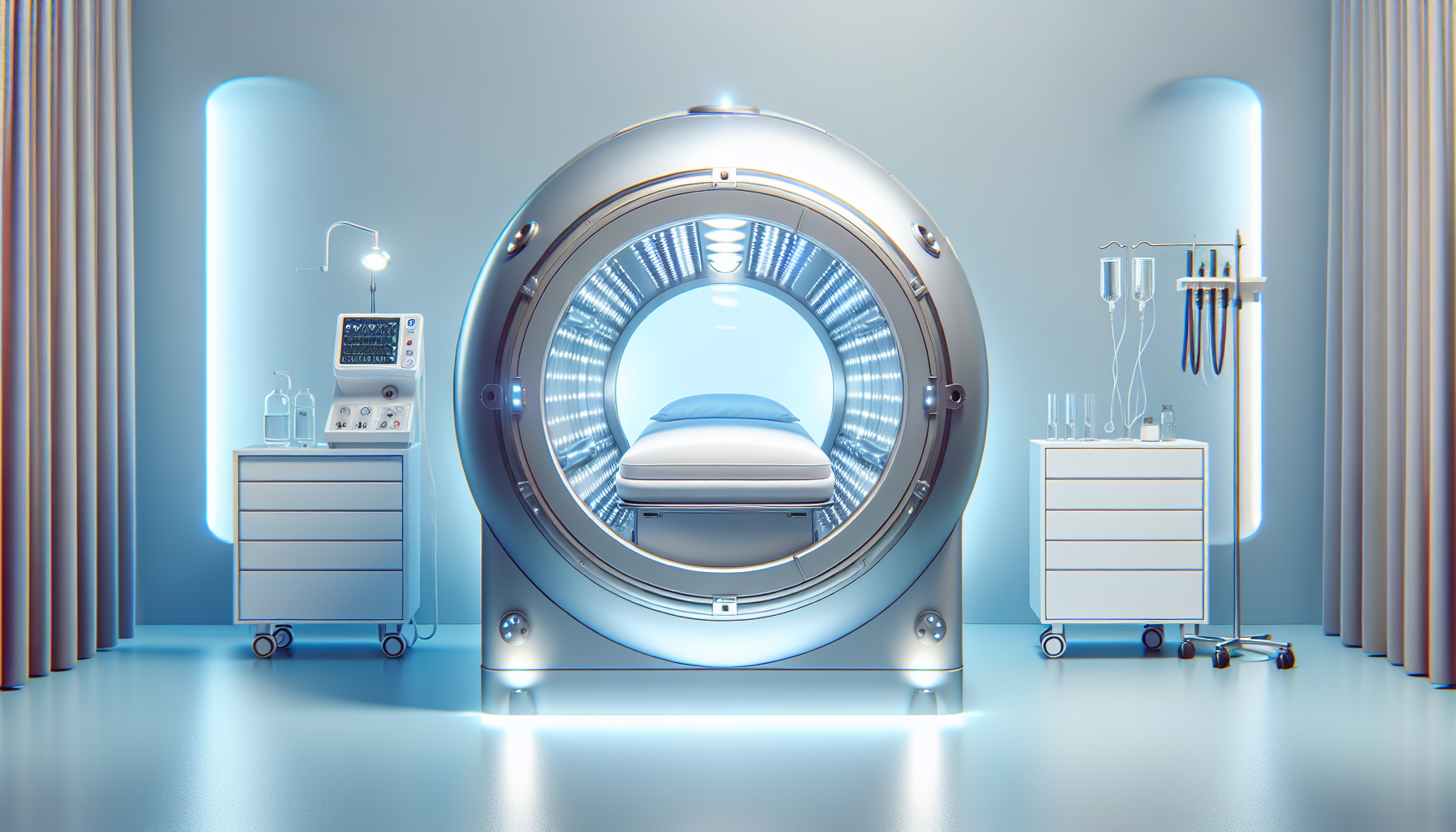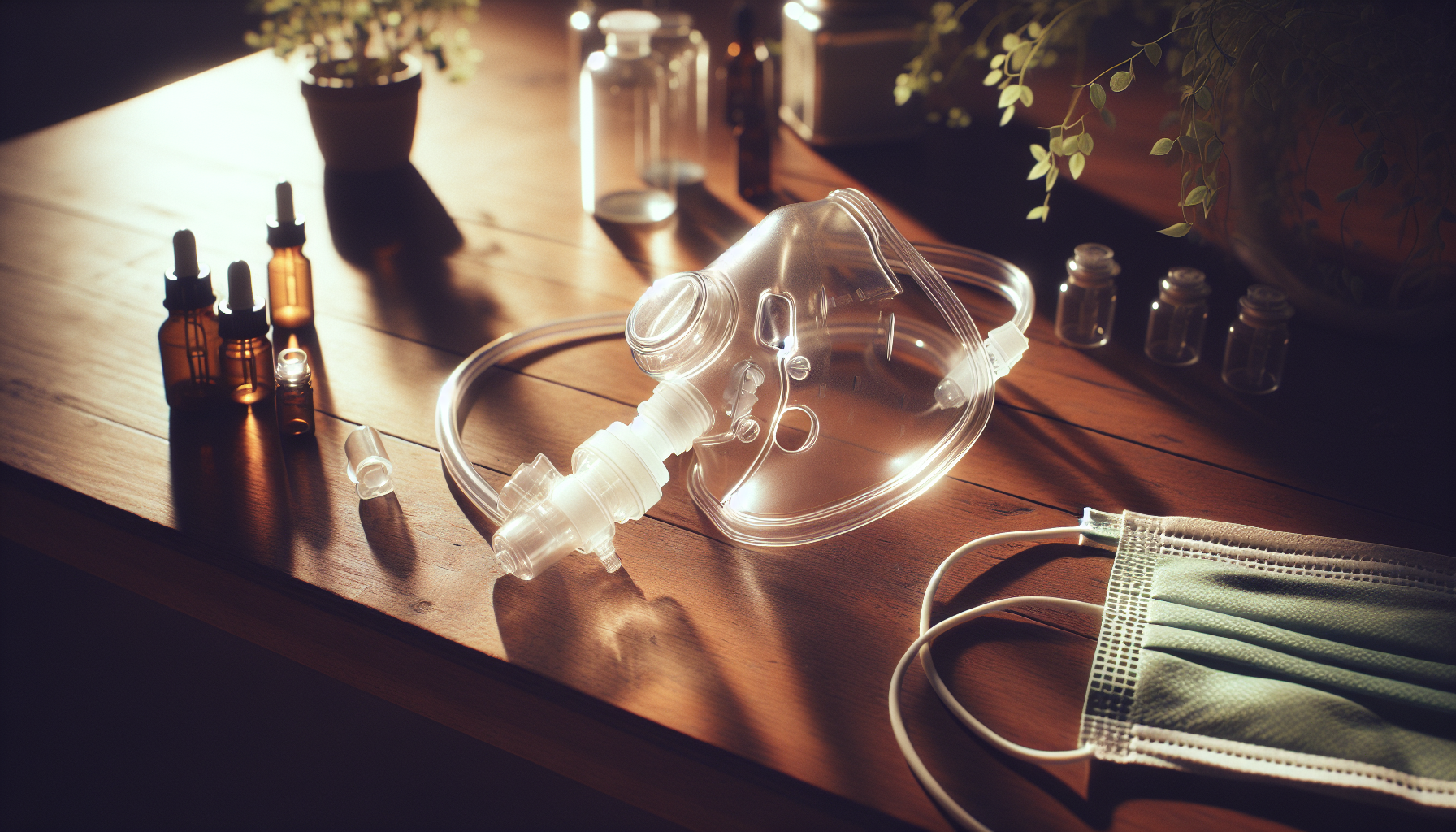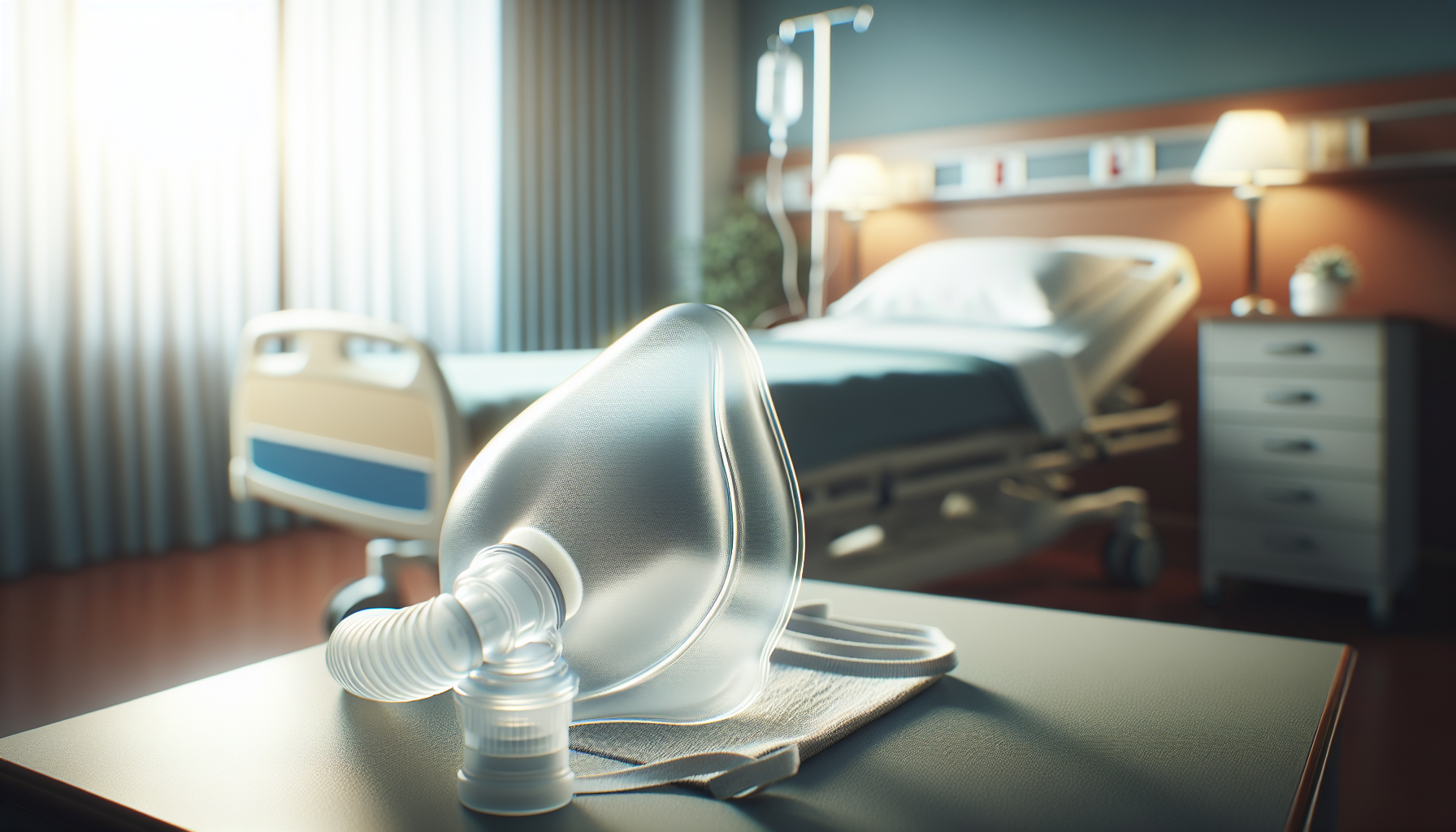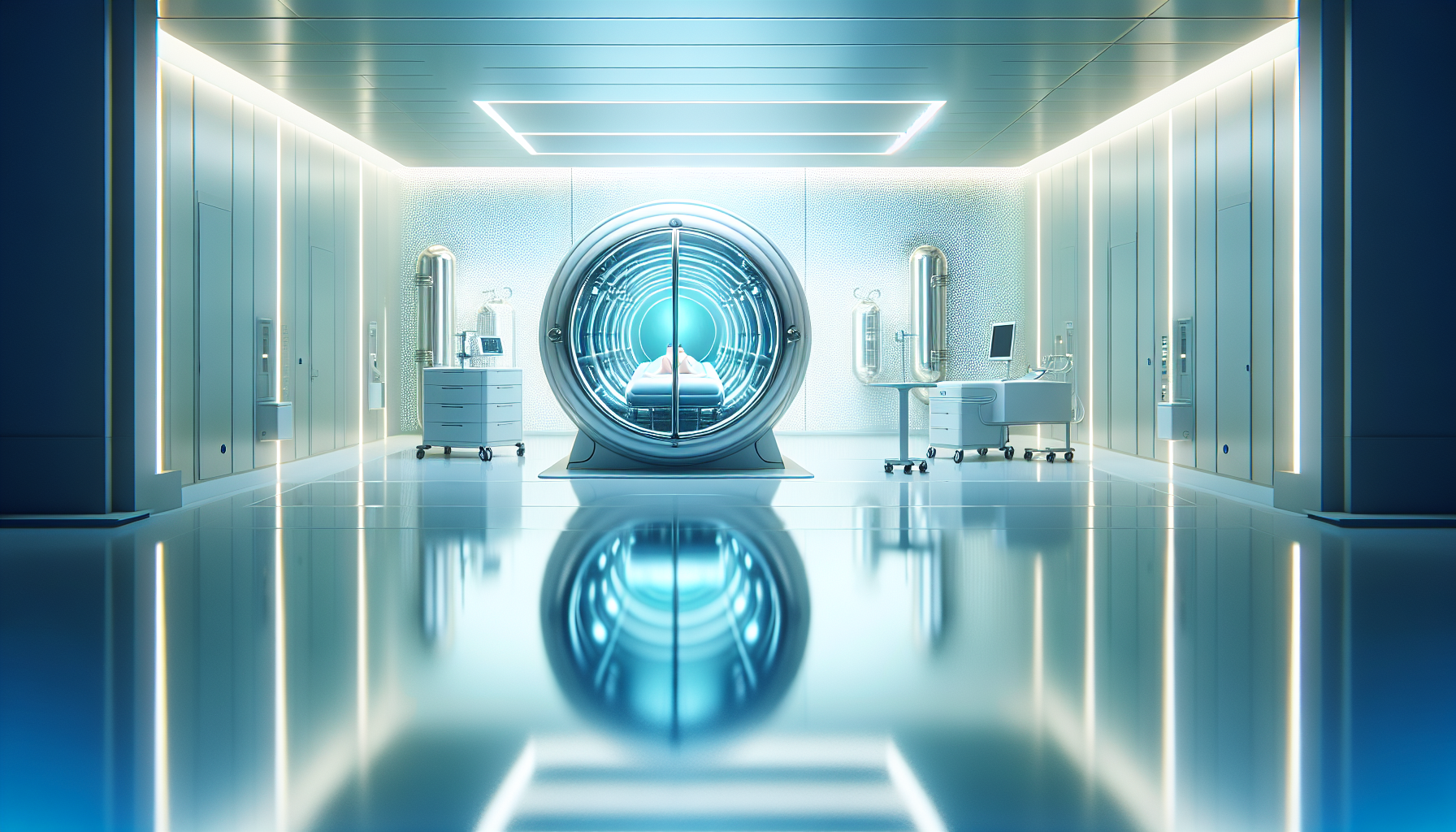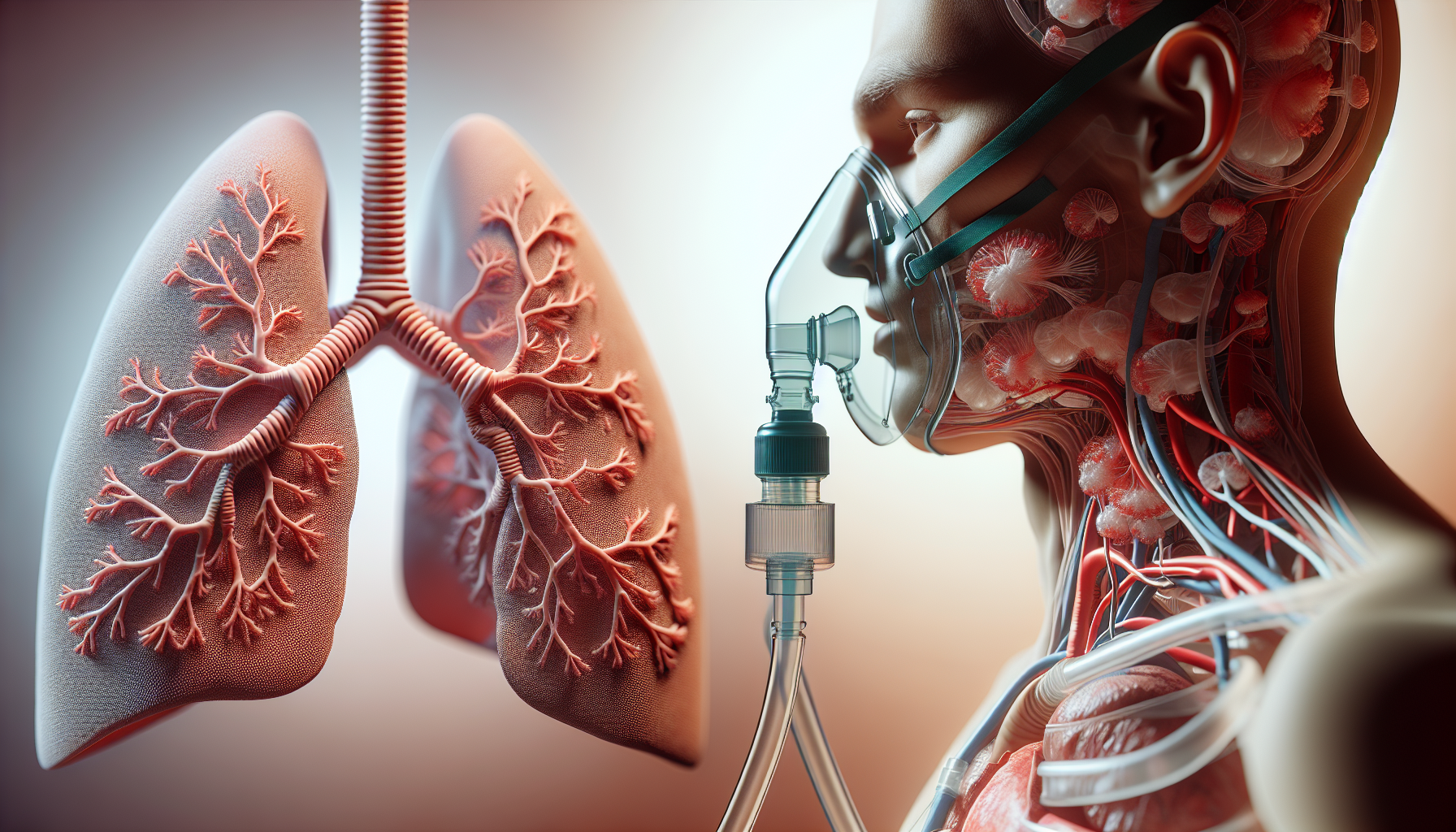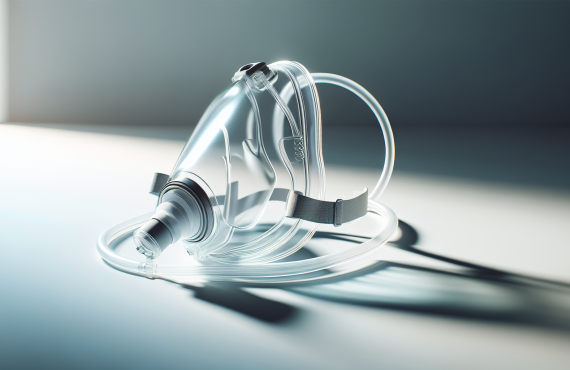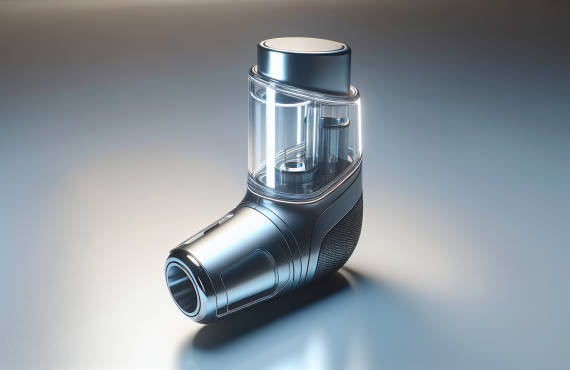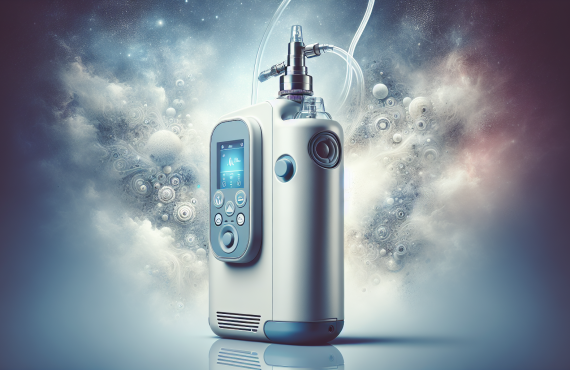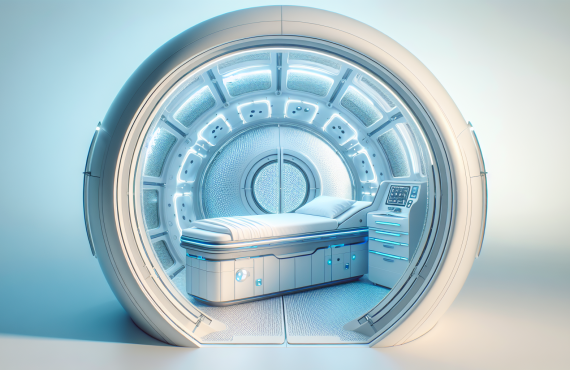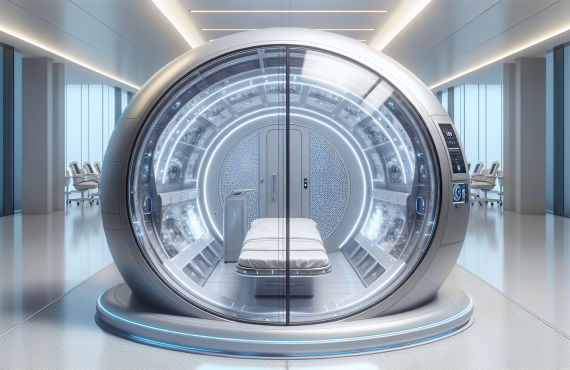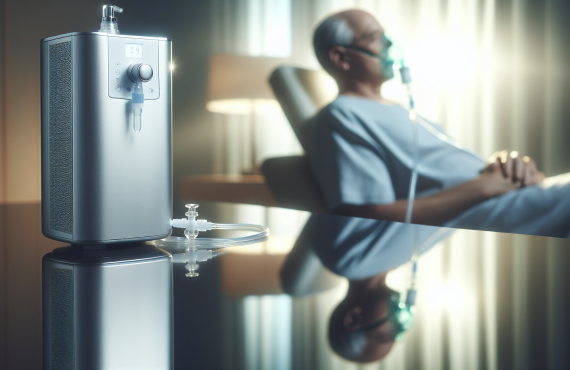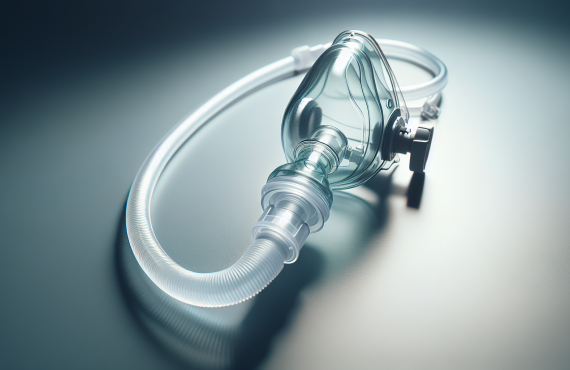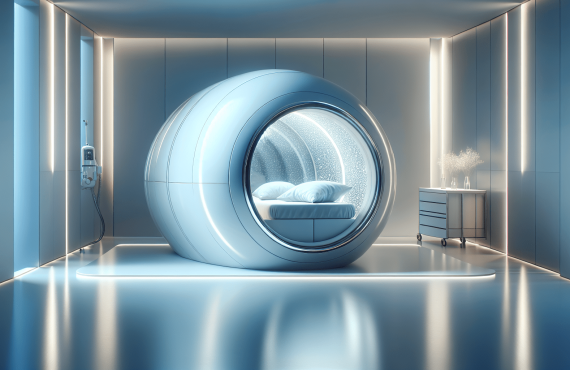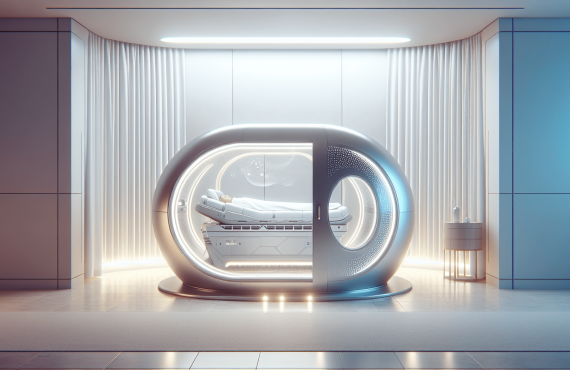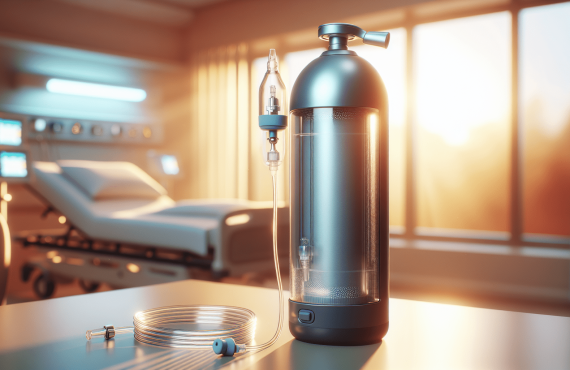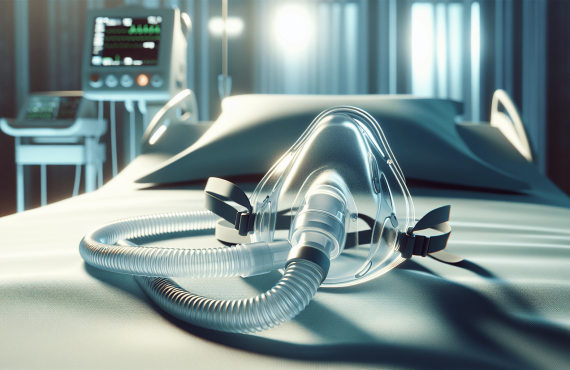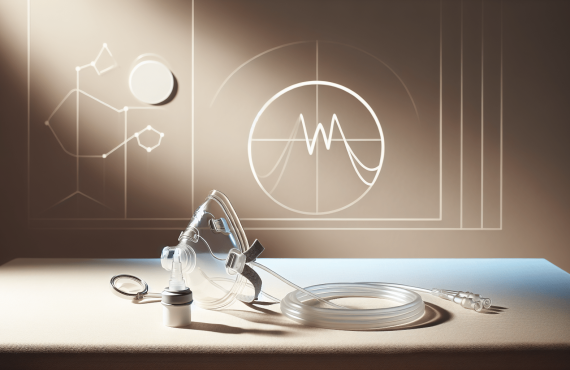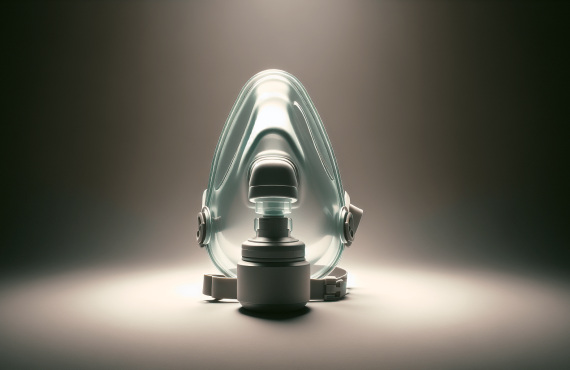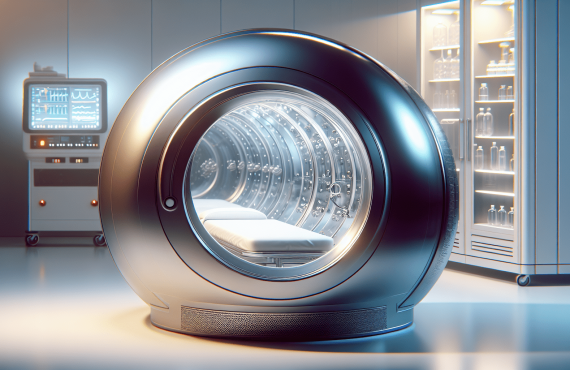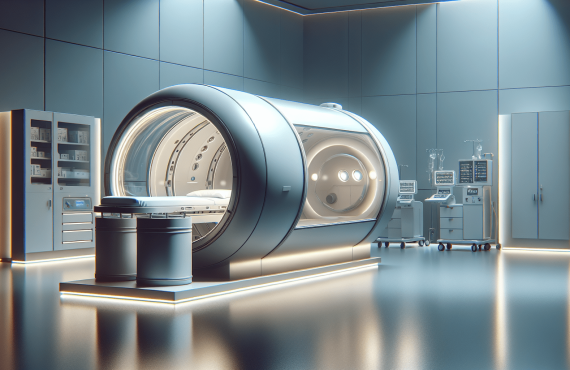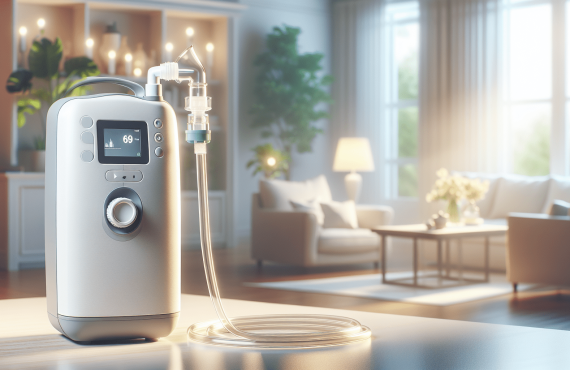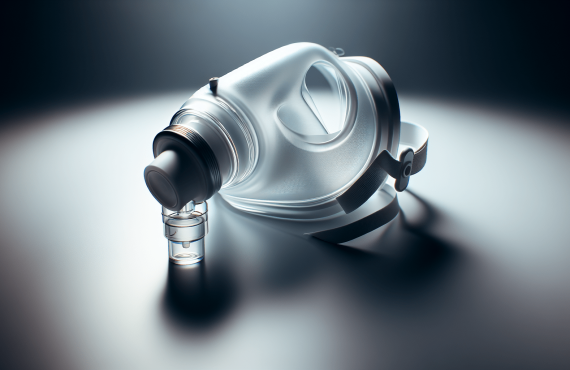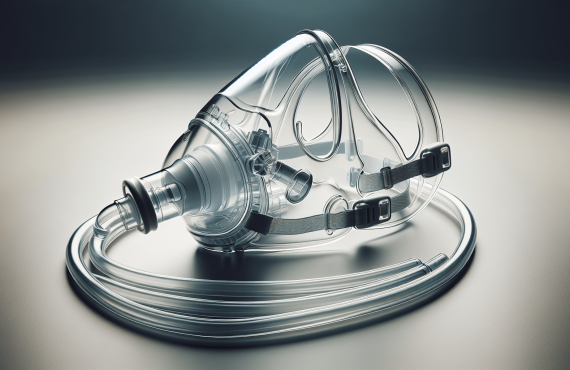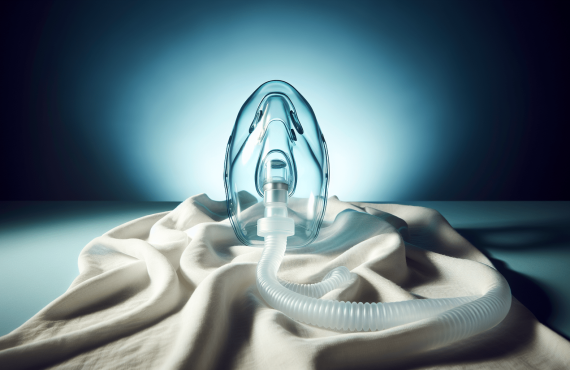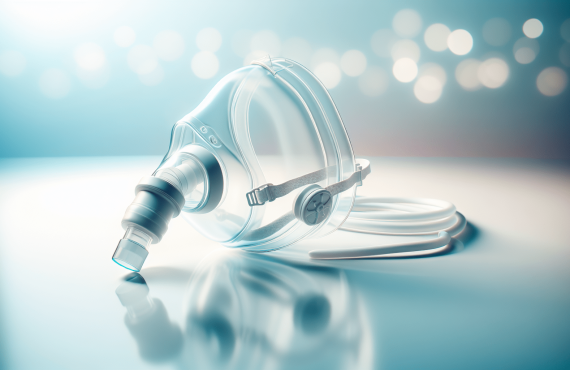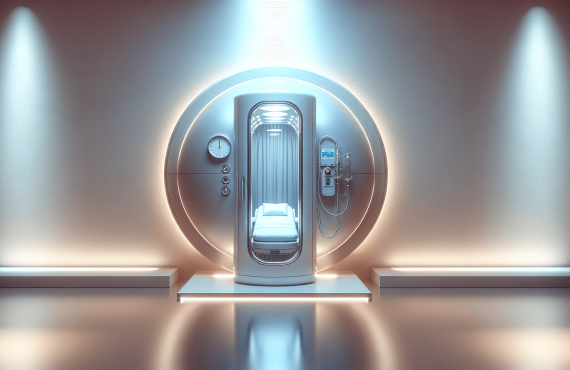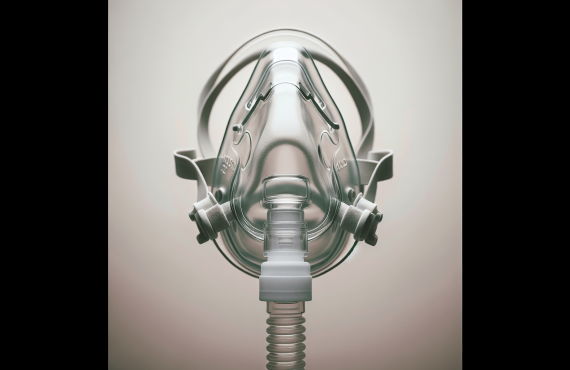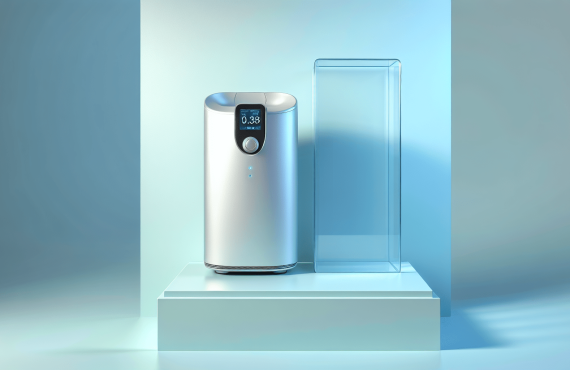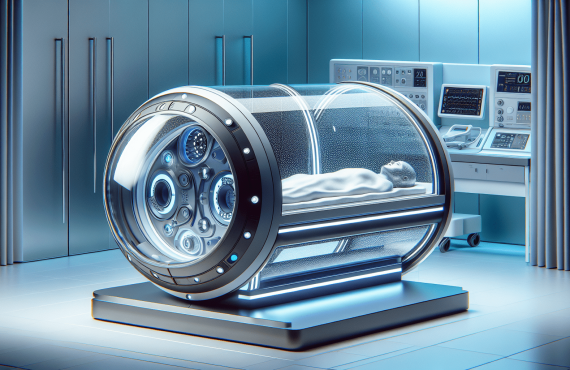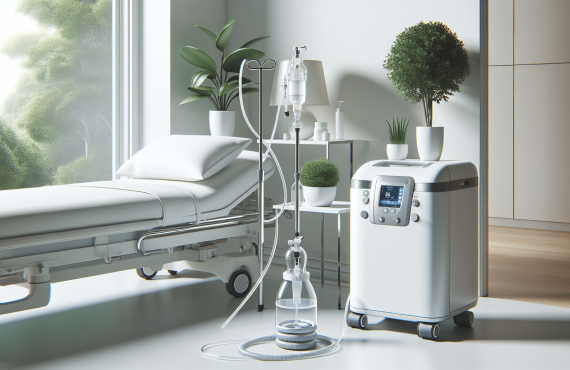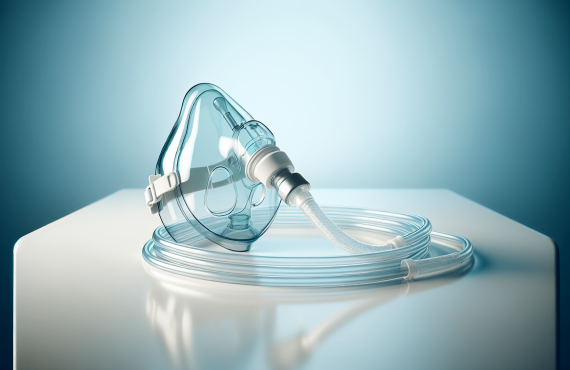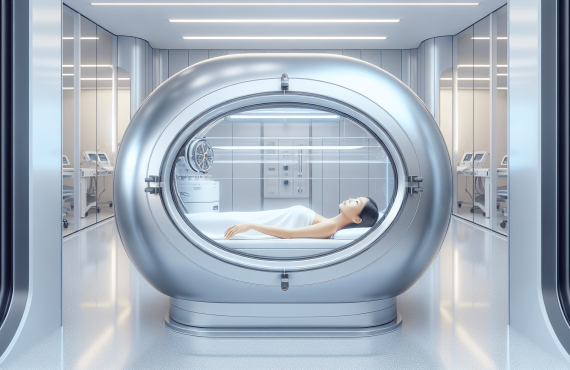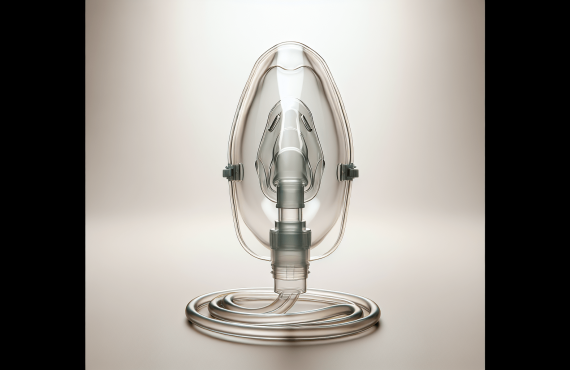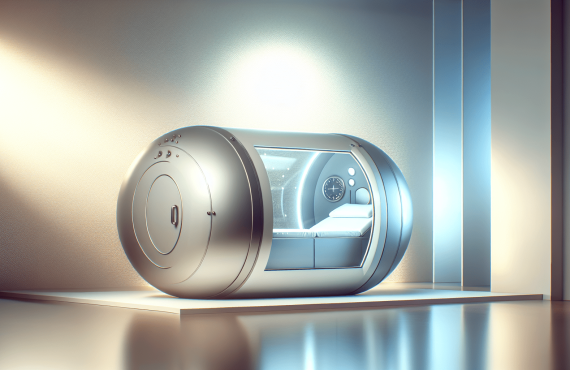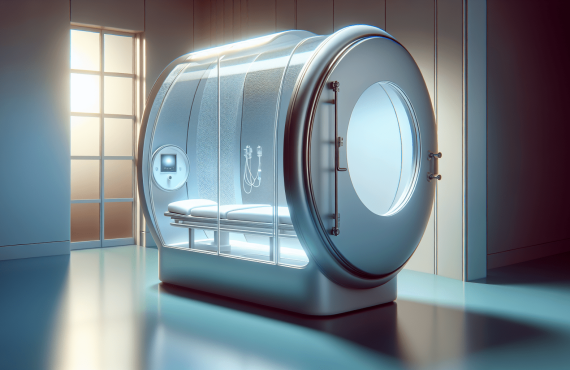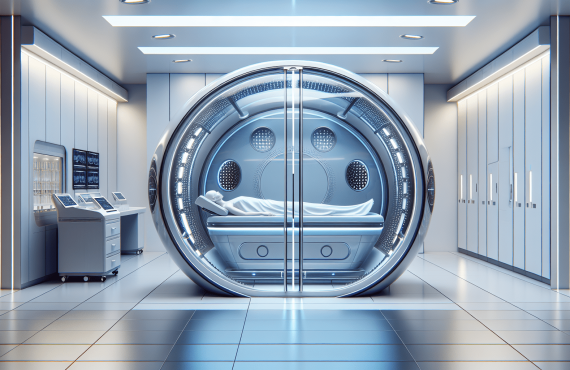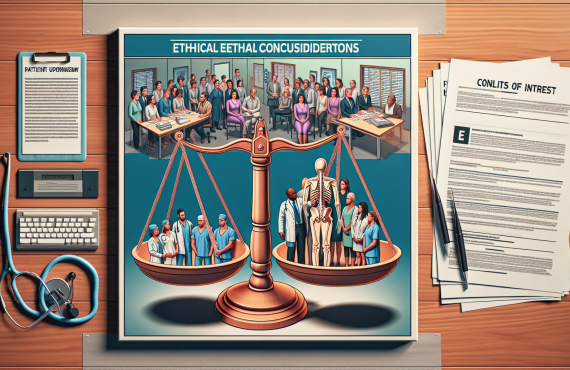Have you ever wondered how oxygen, something we often take for granted, can be harnessed to treat various health conditions? oxygen therapy is not just about the simple act of breathing; it’s about enhancing your body’s natural healing processes through increased oxygen levels in your blood and tissues. This discussion will guide you through various health conditions known to benefit from oxygen therapy, providing insight into how it can support your health journey.

Table of Contents
What is Oxygen Therapy?
Oxygen therapy involves the administration of oxygen greater than the concentration found in ambient air. Its primary purpose is to improve oxygen availability to tissues, an essential factor for cellular respiration and overall health.
Types of Oxygen Therapy
There are two main types of oxygen therapy. First, conventional oxygen therapy uses devices like oxygen tanks or concentrators. These devices deliver oxygen through a nasal cannula or mask. Second, hyperbaric oxygen therapy (HBOT) involves breathing pure oxygen in a pressurized chamber, dramatically increasing oxygen concentration in the blood.
How Does Oxygen Therapy Work?
Oxygen is vital for energy production in cells. In conditions where oxygen supply is limited, cells can’t function optimally, leading to health issues. Oxygen therapy increases the oxygen level in the bloodstream, aiding cellular functions and promoting healing.
Mechanism of Action
In a hyperbaric chamber, the atmospheric pressure is higher than normal. Under these conditions, your lungs can absorb more oxygen than they would at normal air pressure. This enriched oxygen dissolves in your blood plasma, traveling faster and deeper into the tissues, supporting healing and reducing inflammation.
Conditions That Benefit from Oxygen Therapy
Numerous conditions can benefit from increased oxygen levels. Let’s explore some health issues where oxygen therapy shows promise.
Chronic Obstructive Pulmonary Disease (COPD)
COPD encompasses lung conditions such as emphysema and chronic bronchitis. This condition limits airflow in the lungs. Oxygen therapy helps maintain adequate blood oxygen levels, reducing symptoms and improving quality of life for COPD patients.
Asthma
Oxygen therapy can be a respite for asthma sufferers during severe attacks. By ensuring adequate oxygen saturation, it helps relieve symptoms and prevent dangerous complications.
Sleep Apnea
Individuals with sleep apnea experience interrupted breathing during sleep. Oxygen therapy, often paired with devices like CPAP machines, ensures continuous airflow, thereby reducing interruptions and improving sleep quality.
Cystic Fibrosis
Cystic fibrosis affects the respiratory and digestive systems. Oxygen therapy can alleviate some respiratory issues by ensuring that blood oxygen remains at healthy levels, improving daily functioning.
Pneumonia
Pneumonia causes lung inflammation and can severely hamper oxygen exchange. Using oxygen therapy ensures that patients maintain adequate blood oxygen, aiding recovery and reducing hospital stays.
Carbon Monoxide Poisoning
In cases of carbon monoxide poisoning, oxygen therapy—especially HBOT—can rapidly displace carbon monoxide from hemoglobin, a critical step in reversing poisoning.
Diabetic Foot Ulcers
Diabetic foot ulcers notoriously resist healing due to poor circulation. Hyperbaric oxygen therapy increases blood flow and oxygen to damaged tissues, promoting faster ulcer healing.
Chronic Non-Healing Wounds
Long-standing wounds can benefit from the increased oxygen availability that supports new tissue growth and repair, assisting in more effective healing.
Radiation Injuries
Radiation therapy for cancer can sometimes damage healthy tissues. Hyperbaric oxygen therapy helps repair these tissues by improving oxygenation and reducing inflammation.
Multiple Sclerosis
Emerging research suggests oxygen therapy might reduce fatigue and spasticity in multiple sclerosis sufferers, although more studies are needed for conclusive evidence.
Traumatic Brain Injury
After a traumatic brain injury, the brain’s demand for oxygen spikes. Providing supplemental oxygen may enhance recovery by ensuring brain cells receive the oxygen needed for healing.
Potential Risks and Considerations
Oxygen therapy is generally safe, but it’s important to be aware of potential risks.
Oxygen Toxicity
Excessive oxygen levels can cause lung damage and other complications, known as oxygen toxicity. Careful monitoring and professional supervision are essential.
Fire Hazard
Oxygen supports combustion, so safety precautions are critical in oxygen-enriched environments to prevent fire risks.

Frequently Asked Questions
How long does each oxygen therapy session last?
Session lengths vary depending on the treatment type and condition severity. Typical sessions last between 30 minutes to two hours.
Can I administer oxygen therapy at home?
Home oxygen concentrators and tanks allow for home therapy under healthcare provider guidance. Hyperbaric oxygen sessions require specialized chambers often found in clinical settings.
Are there side effects to oxygen therapy?
Mild side effects, such as dry or bloody noses, fatigue, or headaches, may occur. Consult a healthcare provider if side effects persist or worsen.
Can children receive oxygen therapy?
Yes, with appropriate consideration and under medical guidance. It is crucial to adjust dosages and settings for pediatric patients.
Will oxygen therapy completely cure my condition?
Oxygen therapy supports healing and alleviates symptoms but does not cure underlying illnesses. It should accompany other medical treatments and lifestyle changes.
Additional Support and Resources
For those considering oxygen therapy or looking for additional health support, Dr. Craig Henry and Dr. Aaron Hixon at Henry Chiropractic in Pensacola, FL, provide holistic care tailored to individual needs. Their expertise in chiropractic care and oxygen therapy contributes to improved health and well-being. Visit them at 1823 N 9th Ave, Pensacola, FL 32503, or call (850) 435-7777. Further details are available on their website, drcraighenry.com.
Taking a proactive approach to health can make a substantial difference. As you explore options to boost your well-being, consider how oxygen therapy might fit into your health management strategy. Always seek guidance from healthcare professionals to determine the best course of action for your specific needs.













